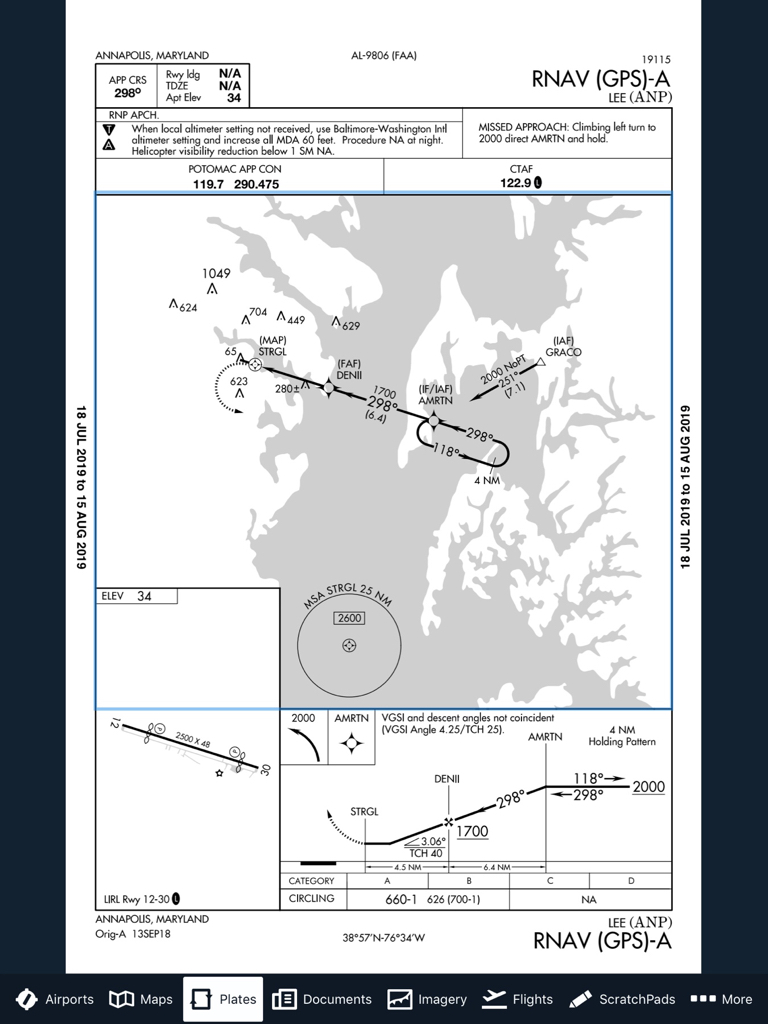TimRF79
Pre-takeoff checklist
I am still a bit fuzzy about when you have to fly a PT?
Lets take the LOC to RWY at KAXH (LINK).
Assume I am inbound on a course of 85 at 2,500ft, 10 miles out from the runway.
Get cleared for the approach, once established, could I not simply drop to 2,400 ft and intercept DUCKS at 2,400ft and continuou inbound for landing?
Lets take the LOC to RWY at KAXH (LINK).
Assume I am inbound on a course of 85 at 2,500ft, 10 miles out from the runway.
Get cleared for the approach, once established, could I not simply drop to 2,400 ft and intercept DUCKS at 2,400ft and continuou inbound for landing?

